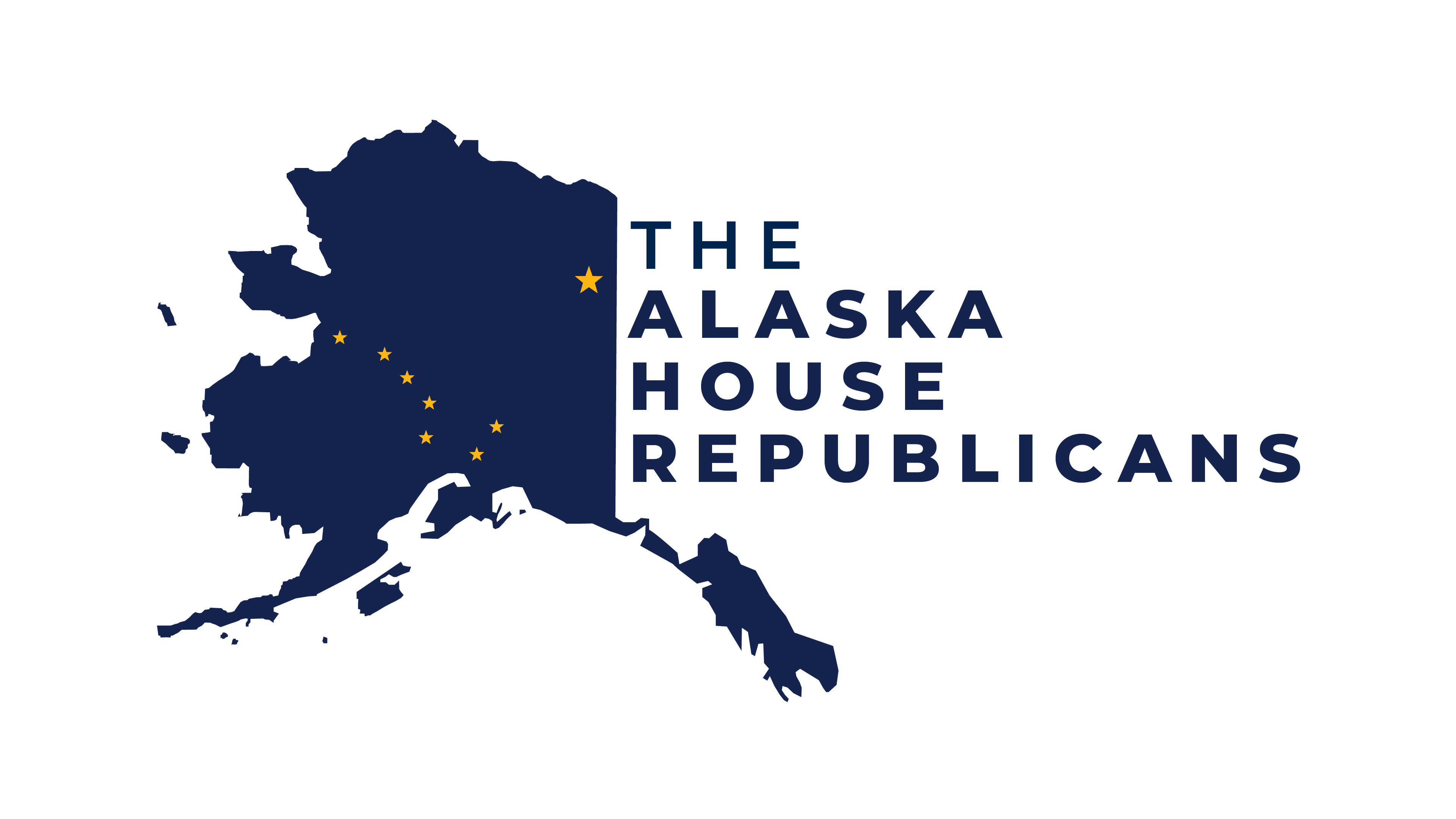JUNEAU – Today the Alaska House of Representatives has passed House Bill 69, a massive, unfunded spending increase that fails to deliver the real reforms that students, parents, and teachers have been asking for. Despite efforts by House Republicans to introduce policies that would have make meaningful improvements to Alaska’s struggling educational system, the Majority rejected nearly all of them.
Parents and teachers have called for smaller class sizes, expansion of Career and Technical Education opportunities, school choice, and consolidating administrative costs so that more money can be spent in the classroom, among other policy changes. Hearing these voices, House Republicans put forward dozens of amendments to address them. However, the House Democrat Majority rejected all but four of them. Instead, they passed a bill that funnels money into the system without the necessary reforms to ensure real progress for students.
Amendments That Could Have Made a Difference—But Were Rejected
House Republicans listened to Alaskans and put forward amendments that focused on reducing class sizes, expanding school choice, increasing transparency, enhancing workforce development for skilled trades, and ensuring fairness for all students. These amendments were not radical ideas—they were common-sense policies that would have helped children succeed. Yet, the Majority dismissed nearly all of them, including:
- Capping Class Sizes – A straightforward way to ensure students receive more individual attention from teachers.
- Career and Technical Education (CTE) Expansion – Strengthening opportunities for students preparing for careers in the trades and workforce.
- School Construction Grants – Shortens the planning period from six to three years, streamlines applications, strengthens maintenance requirements, streamlines project prioritization, andcould save the state millions in future expenditures.
- Fairness for Special Needs Students – Addressing the disparities in resources and services for students who need them most.
- Competitive Bidding for Internet Providers – Would require districts to out RFP’s every two years.
- Consolidate School Districts – Reduce overhead by combining multiple school districts.
- Open Enrollment Policies – Letting parents choose the best school for their child, rather than being locked into a geographic location that doesn’t best support their child.
- Reducing Bureaucracy for Charter Schools – Giving families more high-quality education options by eliminating unnecessary obstacles.
- Equal Funding for Correspondence Students – Treating all students equally, no matter where or how they learn
“It is disheartening that we could not get the Majority to recognize how critical these reforms are,” said House Minority Leader Mia Costello (R-Anchorage) “Parents have been calling for these changes, teachers have been asking for help, and students are the ones paying the price for this inaction.”
“The idea that just because we have flat-funded a small portion of the foundation formula means that we have flat-funded education is completely wrong,” stated Representative Kevin McCabe (R-Big Lake). “It’s a hundred percent the wrong way to fund education, and if any Alaskan that doesn’t understand, then they’re not paying attention. We love our children. We love education. We want to fund education. We want to fund our schools. We want to fund the districts. This is the wrong way.”
Small Victories, But Not Enough
A few amendments did pass, offering minor improvements, but they do not change the fact that HB 69 is lacking real policy improvement.
✔ Deletion of Voucher Language – Removed unnecessary and benign intent language which referenced school vouchers.
✔ Charter School Termination Appeals & Addition of State Charter School Coordinator – Provides charter schools with due process and protections from arbitrary closures; also adds a charter school coordinator to assist and advise those wanting to start a charter school.
✔ School District Accountability Measures – Increases transparency in how districts measure and report student achievement.
One of the most troubling arguments against reform was that certain changes could risk losing federal education funding. But Alaska should not be shaping its policies out of fear of Washington, D.C.’s approval.
The challenges we face here are unique, and we should be charting our own path to improving education—not deferring to federal guidelines that do not reflect the needs of Alaskan students and families.
“There’s no reliable funding source for this bill. My guess is it’s around $255 million dollars. But the reason I don’t know that is because we are about to pass a bill that doesn’t have an accurate fiscal note,” stated Representative Will Stapp (R-Fairbanks). “The only way I can see the majority funding the bill this year is to use the PFD. However, to fund this sustainably the majority needs to be honest with people and say that they’re going to be taxed.”
“HB 69 is deeply flawed and so was today’s process,” said House Minority Whip Cathy Tilton (R-Wasilla), “The bill provides very little meaningful policy changes to improve outcomes in Alaska’s schools, creates an unfair and unnecessary task force and proposes a massive spending increase that will shrink dividends long into the future.”
This is not the end of the conversation, but it is a disappointing moment for those who believed Alaska could do better. Our children deserve more than what was passed today.
